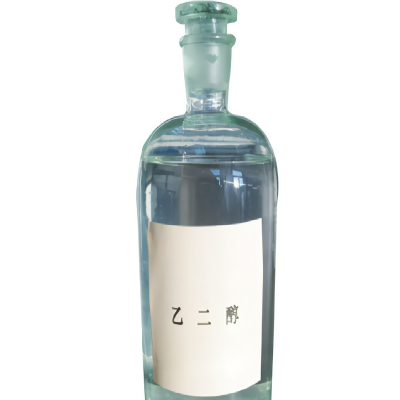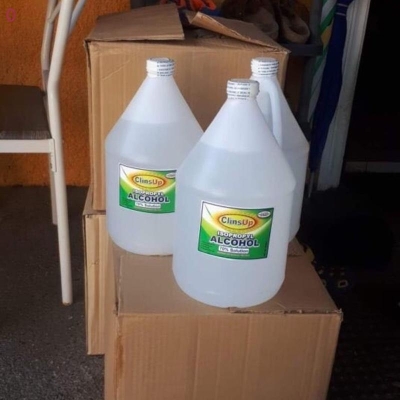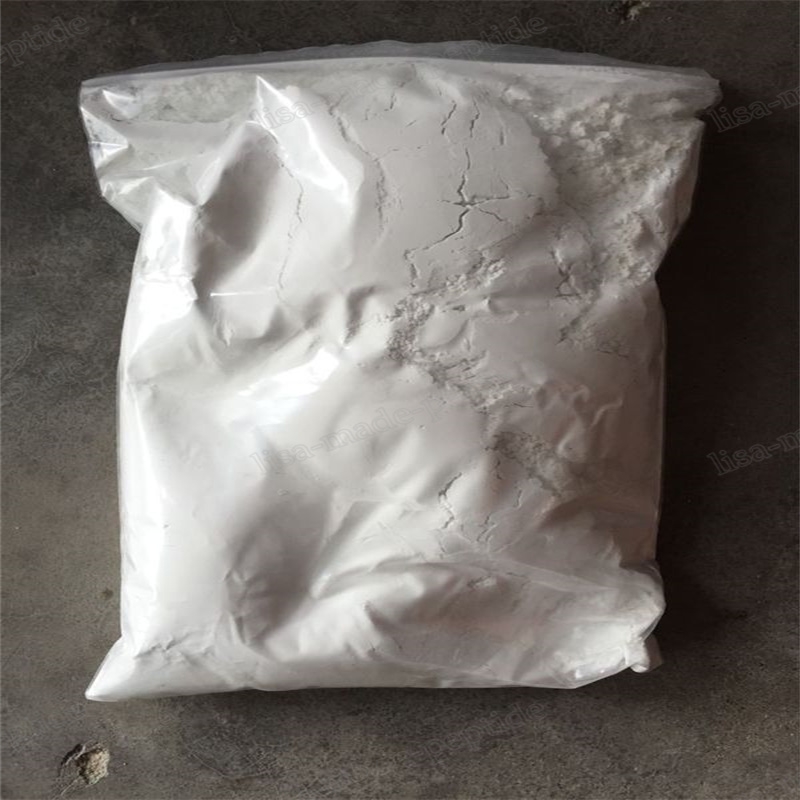-
Categories
-
Pharmaceutical Intermediates
-
Active Pharmaceutical Ingredients
-
Food Additives
- Industrial Coatings
- Agrochemicals
- Dyes and Pigments
- Surfactant
- Flavors and Fragrances
- Chemical Reagents
- Catalyst and Auxiliary
- Natural Products
- Inorganic Chemistry
-
Organic Chemistry
-
Biochemical Engineering
- Analytical Chemistry
-
Cosmetic Ingredient
- Water Treatment Chemical
-
Pharmaceutical Intermediates
Promotion
ECHEMI Mall
Wholesale
Weekly Price
Exhibition
News
-
Trade Service
On September 11, the National Development and Reform Commission issued the "Plan for Improving the Dual Control System of Energy Consumption Intensity and Total Volume" to implement "dual control" of energy consumption in industries with high energy consumption and high pollution
.
Subsequent power outages and production restrictions led to tight market prices for some pesticide raw materials such as yellow phosphorus, liquid caustic soda, and pesticide intermediate products, which led to a wider range of production cuts by pesticide companies and a general rise in the pesticide market
As of October 3, the price index of technical materials reported at 180.
58 points, a 34% increase from the previous month.
Raw materials are in short supply and prices are soaring
Raw material shortage prices soaring raw material shortage prices soaringIn the first half of the year, the energy consumption intensity of 9 provinces (regions) in China did not decrease but increased.
Yunnan, Zhejiang, Jiangsu and other places began to introduce policies to restrict production of related industries, and the prices of some pesticide raw materials such as yellow phosphorus soared
.
It is understood that Yunnan is the main producer of yellow phosphorus in China, and its yellow phosphorus production capacity accounts for more than 40% of the country
.
In order to complete the annual energy consumption target, the Yunnan Provincial Development and Reform Commission issued a document on September 11 to require that the average monthly output of yellow phosphorus from September to December should not exceed 10% of the August output, which is a 90% reduction
From the current point of view, the start of yellow phosphorus enterprises in Yunnan has recovered slightly, the start of some enterprises in Sichuan has increased slightly, and the commissioning of individual overhaul enterprises in Guizhou has resumed, and the overall supply is improving
.
The current market price of yellow phosphorus is 58,000 yuan, a weekly drop of 30,000 yuan, but it is still up 279% from the same period last year
The limited production capacity of yellow phosphorus and rising prices have also driven the uptrend of the pesticide intermediate phosphorus trichloride market
.
Recently, the price of phosphorus trichloride has steadily risen.
In addition, the market for other pesticide intermediates such as triazole and methyl bentinate also rose to varying degrees
.
The skyrocketing price of the raw material market was quickly transmitted to downstream pesticide products, causing it to see a general rise
Both supply and demand are generally rising
The boom in supply and demand generally rose in both supply and demand Guangdong and Jiangsu are two major industrial provinces that have recently introduced stricter policies.
These two provinces account for more than 50% of the country's pesticide production
.
In the context of "energy consumption" dual control, coupled with the impact of raw material restrictions, power restrictions and other factors, many pesticide companies have issued notices to stop production and reduce the supply of pesticides
It is understood that since September of this year, China’s pesticide raw materials, production capacity, inventory and other monitoring indicators have fluctuated.
Some companies have closed the market without quoting or taking orders.
Traders have a strong atmosphere of speculation, stock-out anxiety has spread, and product prices have appeared in history.
Rare gains
.
In terms of herbicides, supported by the soaring shortage of raw materials such as yellow phosphorus, acetic acid, and glycine, superimposed demand has risen.
The quotations of amino acid herbicides glyphosate and glufosinate (technical drugs) have been increased to RMB 72,000 and RMB 350,000 respectively.
A year-on-year increase of 194% and 133% respectively; amide herbicides were also affected by the shortage of upstream raw materials and price increases.
The quotations of amine and metolachlor were also over 40,000 yuan, up 100%, 100%, 63% and 74% year-on-year respectively
.
In terms of pesticides, the prices of nicotines were affected by the jump of 2-chloro-5-chloromethylpyridine (CCMP), and the prices of imidacloprid and acetamiprid rose to 230,000 yuan and 200,000 yuan respectively, a year-on-year increase of 156%.
, 100%; Pyrethroid insecticides are supported by the increase in the price of methyl bentinate.
For example, bifenthrin rose to 350,000 yuan, a year-on-year increase of 79%
.
In terms of fungicides, triazole fungicides were affected by the rise in the raw materials of the intermediate triazole.
The quotations of propiconazole and tebuconazole reached 200,000 yuan and 150,000 yuan respectively, a year-on-year increase of 118% and 63% respectively
.
The price of methoxy acrylate fungicides also rebounded significantly.
For example, azoxystrobin rose by 174% and the price was 400,000 yuan
.
Based on the intermittent and disordered state of the current pesticide industry chain supply, it is expected that the prices of pesticide varieties with short-term gaps will remain high, and some products may continue to rise
.
Yan Duanxiang, deputy director of the Pesticide Inspection Institute of the Ministry of Agriculture and Rural Affairs, said that rising pesticide prices are beneficial to regulating production (capacity) and reducing the use of chemical pesticides.
However, in the long run, severe market fluctuations will affect the sustained, stable and healthy development of the pesticide industry.
This is a question worth pondering on the upstream and downstream of the industry
.
Policies force transformation and upgrading
Policy forces transformation and upgrading policy forces transformation and upgrading According to Su Yi, chairman and general manager of Zhongnong Lihua Biotechnology Co.
, Ltd.
, according to Zhongnong Lihua’s market research, most pesticide manufacturers failed to lock in upstream raw materials in time, which led to the inability to evaluate the subsequent energy consumption "dual control" zone.
As a result, "no quotes, no orders" may become one of the most popular keywords in the agrochemical industry in 2021
.
"According to the current market situation, I think the current market price signals for pesticide technical and intermediates may be in a distorted state
.
" Su Yi believes that the future direction of the agrochemical market and the results due to market closures cannot be carried out with past experience.
Judge
.
To this end, he suggested that, on the one hand, selling necessary products, focusing on spot products; on the other hand, waiting for the agrochemical market to stabilize before entering the market, or one of the best strategies at present
.
At the same time, Su Yi pointed out that there is no doubt that the "dual control" of energy consumption will play an important role in forcing the adjustment of the industrial structure and energy structure, and helping to achieve the goal of achieving carbon peaks and carbon neutrality
.
Zhang Bo, a researcher at Anhui Zhongnong Zongheng Agrochemical Information Consulting Co.
, Ltd.
, believes that carbon peaking and carbon neutrality will become the normal policy mechanism in the next 10 or 30 years.
The government should introduce regular and multi-dimensional control mechanisms and policies, and provide timely support Enterprises issue policy content and guiding spirit, and pesticide companies must have an objective understanding of government energy consumption policies, and they must also be forward-looking and anticipating to avoid falling into a passive situation
.
Li Zhonghua, secretary-general of the China Pesticide Industry Association, said that the current "dual control" of energy consumption and power and production restrictions have had a greater impact on the pesticide industry chain
.
However, at a recent meeting chaired by Premier Li Keqiang, the Ministry of Agriculture and Rural Affairs focused on the impact on seeds, pesticides, and fertilizers.
It is believed that the state will introduce policies and measures to improve this situation as soon as possible
.







